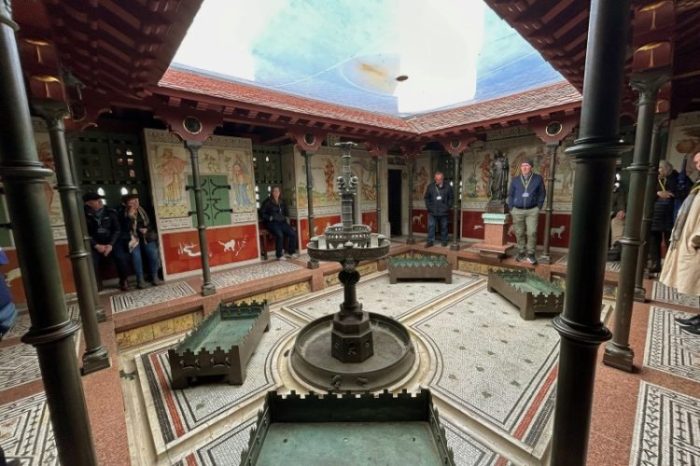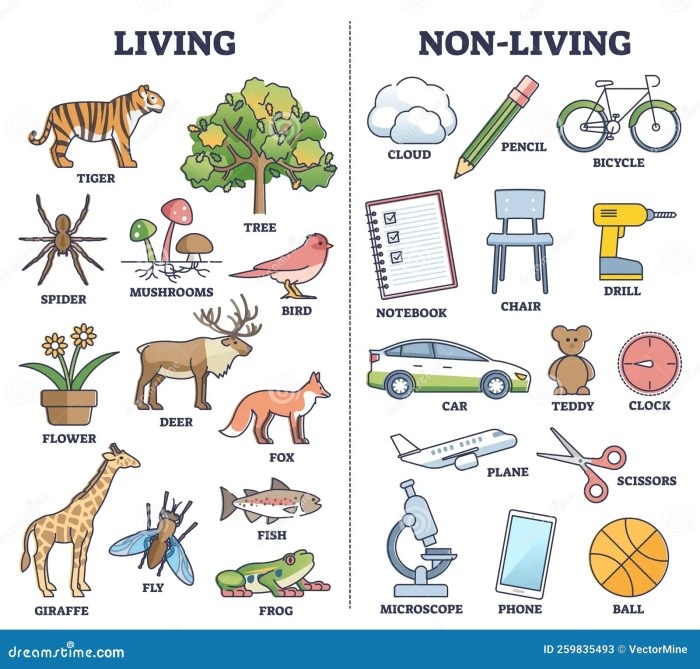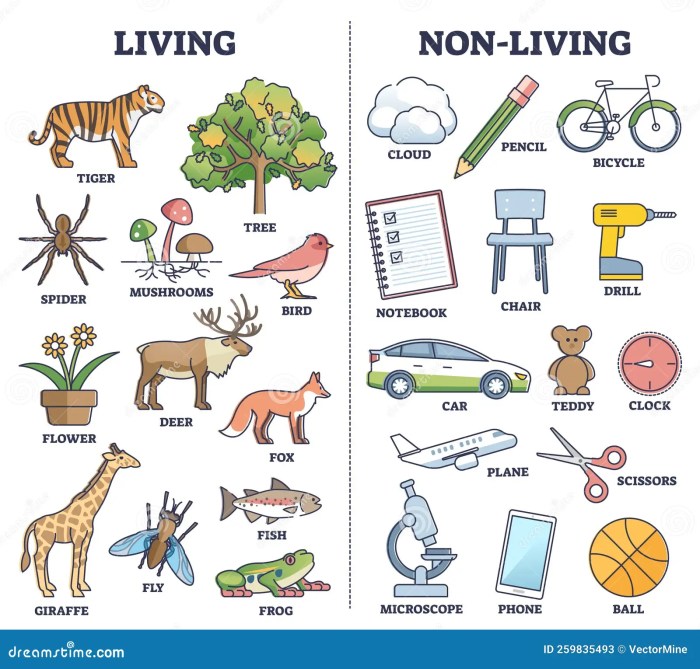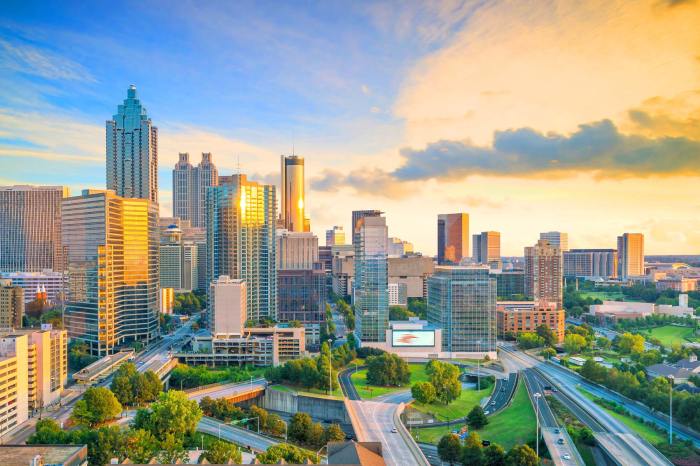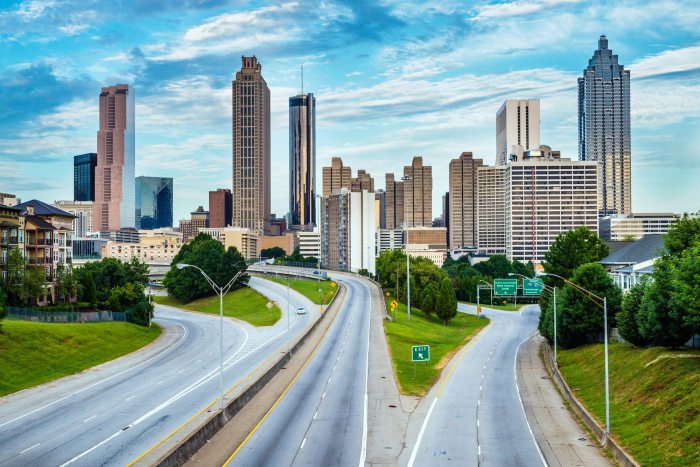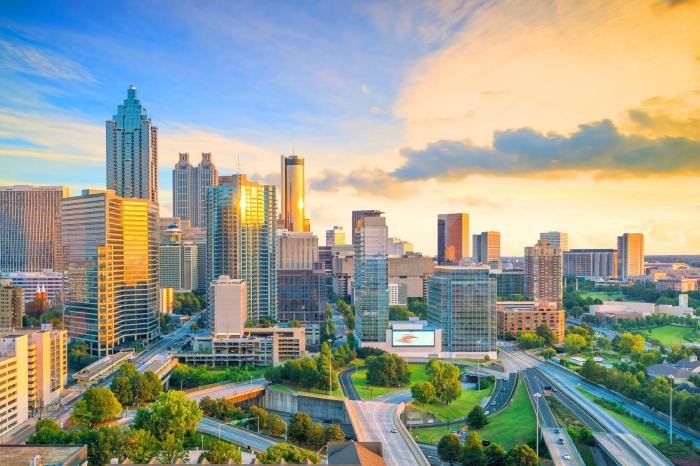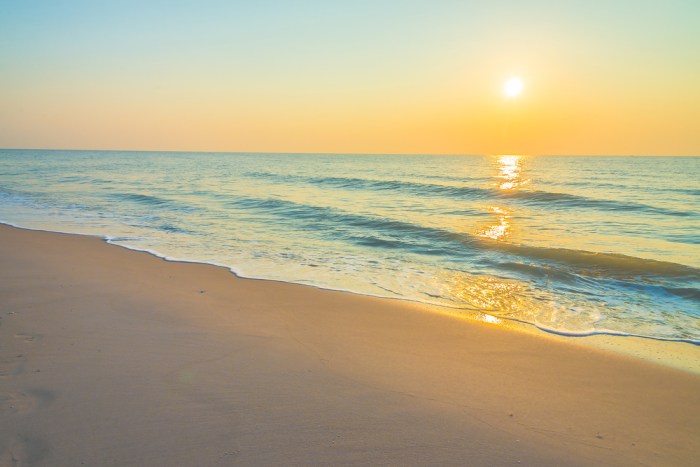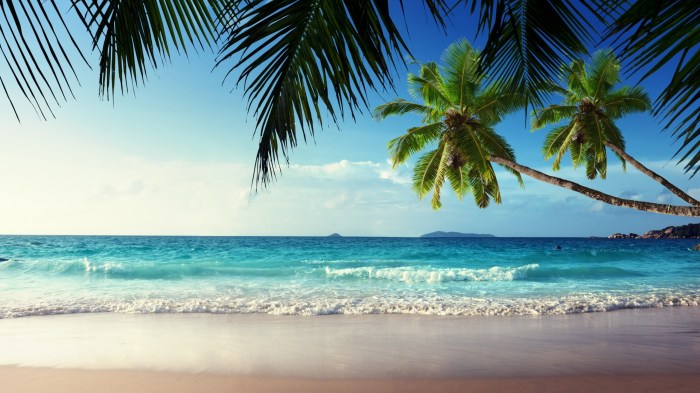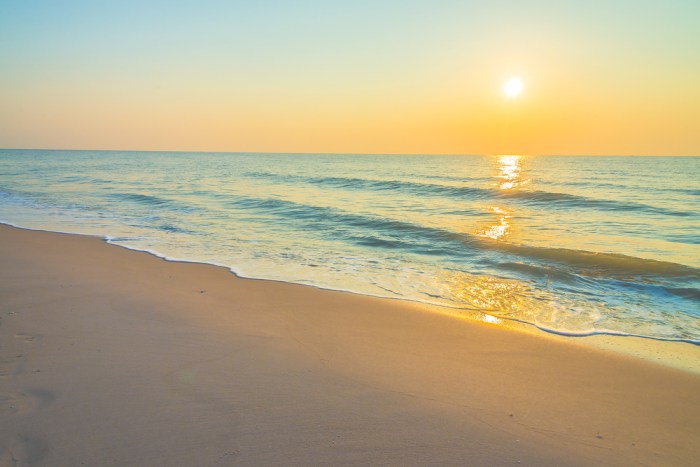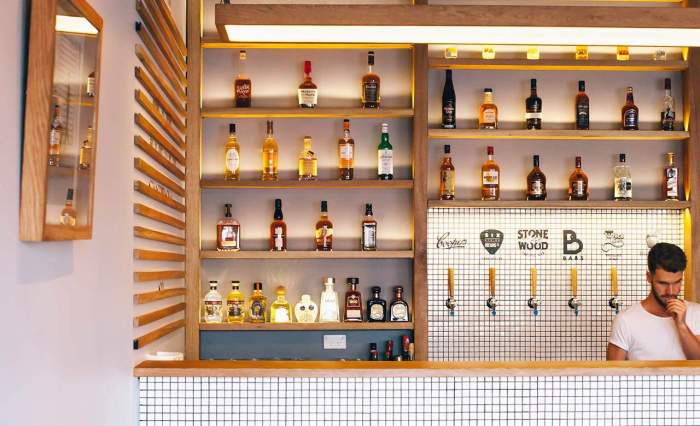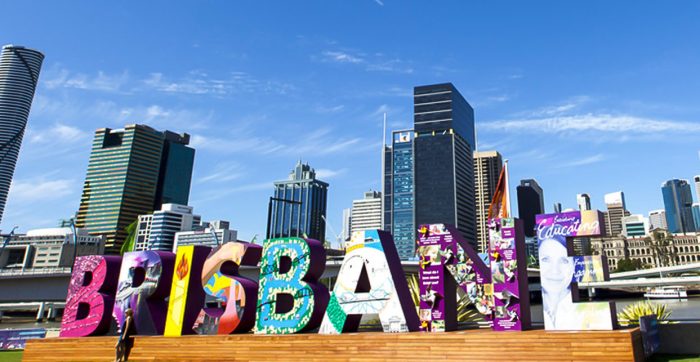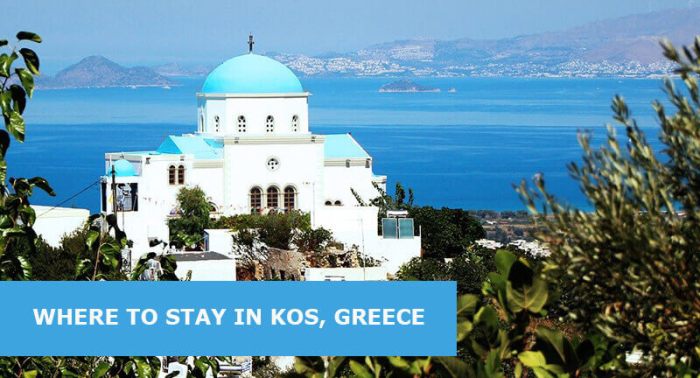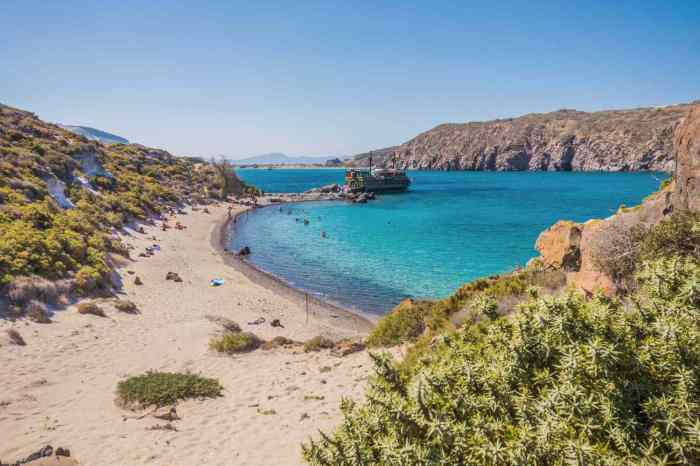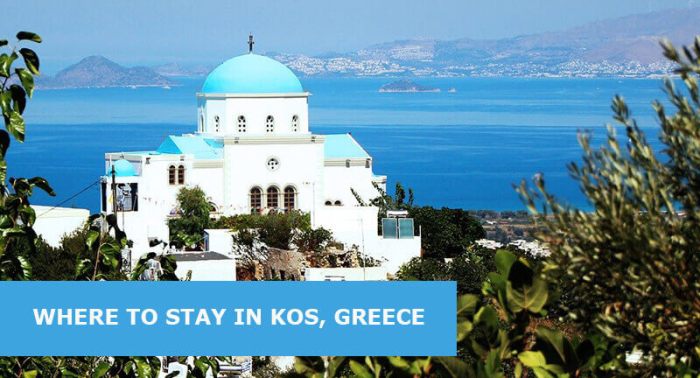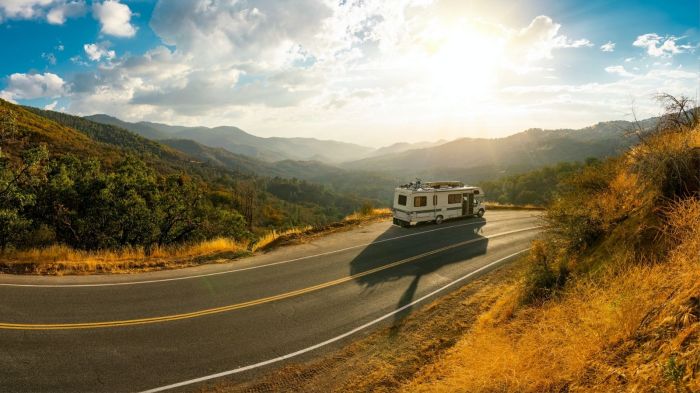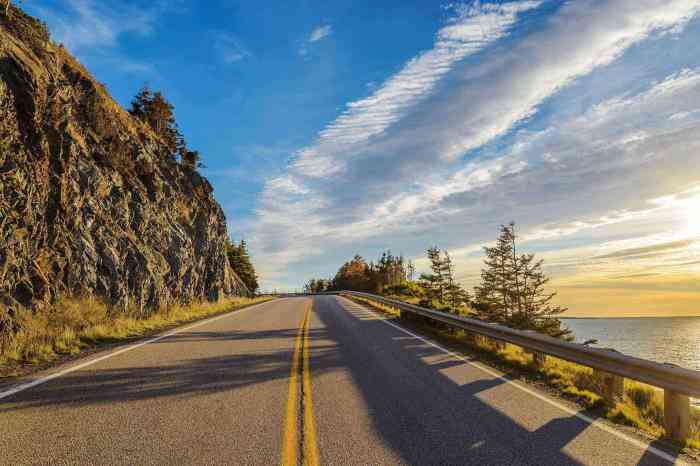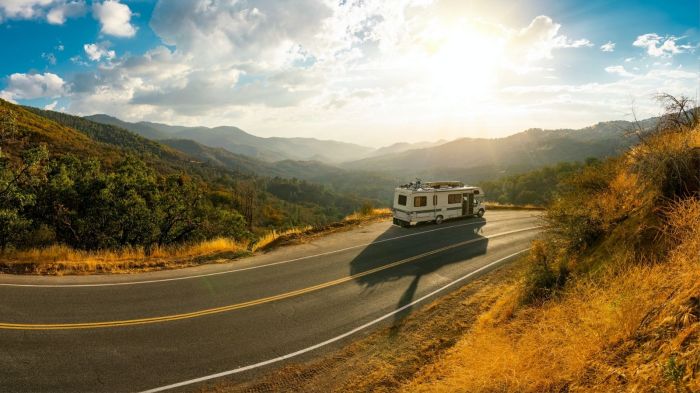Guide to Cardiff Castle Wales takes you on a captivating exploration of this magnificent historical landmark. From its rich history to its architectural splendor, this guide provides a comprehensive overview of everything you need to know about visiting Cardiff Castle, a significant landmark in the Welsh capital.
Discover the castle’s evolution through the ages, from its Norman beginnings to its Victorian renovations. Learn about the exhibits and collections housed within, including their historical significance. Prepare for your visit with practical information on opening hours, ticket prices, and transportation options. Explore the surrounding area and uncover hidden gems around the castle. This comprehensive guide is your key to a memorable experience at Cardiff Castle.
Introduction to Cardiff Castle
Cardiff Castle, a magnificent structure overlooking the city, stands as a testament to Cardiff’s rich history. More than just a building, it’s a vital piece of Cardiff’s identity, reflecting centuries of Welsh history and the city’s evolution from a small settlement to a vibrant metropolis. Its imposing presence and fascinating history make it a must-see attraction for any visitor.Cardiff Castle’s story is a captivating journey through time, showcasing the changing fortunes and architectural styles of successive occupants.
From its Roman origins to its role as a medieval fortress, and finally its transformation into a museum, the castle’s impact on the city’s development is undeniable.
Historical Significance
Cardiff Castle’s historical significance stems from its strategic location and role in shaping the city’s development. It’s more than just a collection of stones; it’s a living history book. Initially, the site played a key role in the area’s defense, and over the centuries, its function evolved, reflecting the changing political and social landscape. The castle’s successive owners and occupants, from Roman settlers to medieval lords and even later monarchs, all left their mark on the castle, transforming it into a powerful symbol of Welsh history.
Architectural Features
The castle’s architectural design showcases a fascinating blend of styles across the ages. The Roman foundations, the medieval keep, and the later additions, each contribute a unique flavour to the overall design. Visitors can appreciate the distinct architectural elements of each period, reflecting the changing trends and technologies of the time. The castle’s varied architecture reflects its long and storied history, with each style echoing the particular era in which it was constructed.
Evolution Through Time
The evolution of Cardiff Castle is a compelling narrative of adaptation and change. The castle’s transformation from a Roman fortification to a medieval fortress, and eventually into a museum, exemplifies the shifting priorities and needs of successive generations. The different eras of occupation are clearly visible in the structure of the castle itself.
- Roman Period: The site was initially used by the Romans as a defensive position, reflecting the importance of strategic military locations. The castle’s foundations likely include elements from this early period, providing a glimpse into the early history of the area.
- Medieval Period: Subsequent medieval owners transformed the castle into a formidable fortress, with strong defensive walls and a grand keep. This period saw the construction of key structures that remain a hallmark of the castle today. The castle was a critical part of the Welsh kingdom’s defense systems.
- Later Periods: After the medieval period, the castle underwent further transformations, reflecting the changing tastes and needs of the owners and the general society. Its role shifted from a purely defensive structure to a more cultural and historical landmark, making it a place of interest and importance.
Cardiff’s Identity
Cardiff Castle’s role in shaping Cardiff’s identity is profound. It has served as a landmark, a source of pride for the city, and a significant tourist attraction, contributing substantially to Cardiff’s economic development. Cardiff Castle stands as a powerful symbol of the city’s rich history and heritage, attracting both locals and tourists.
History and Architecture
Cardiff Castle, a captivating blend of architectural styles, stands as a testament to Wales’ rich history. Its evolution mirrors the changing fortunes and tastes of the region, from its Norman beginnings to its Victorian transformation. From grand halls to formidable ramparts, the castle reveals layers of time, each period leaving its mark on the structure. Exploring its history unveils a fascinating narrative of power, resilience, and societal change.The castle’s enduring presence is a powerful reminder of the complex interplay between the past and the present.
Each architectural element, from the intricate stonework to the grand courtyards, speaks volumes about the era in which it was built and the people who lived and worked within its walls. This journey through time offers insights into the lives of kings, queens, soldiers, and commoners who shaped the castle’s story.
Construction and Renovations
Cardiff Castle’s construction wasn’t a single, monolithic project. Instead, it evolved over centuries, with each phase adding or modifying existing structures. The initial Norman foundations laid the groundwork for future developments, while later periods saw extensive renovations and additions reflecting the changing political and social landscape. The castle’s history is one of continuous adaptation, mirroring the dynamic nature of society.
This evolution, from fortress to royal residence to tourist attraction, highlights the castle’s ability to endure and adapt.
Architectural Styles
The castle’s architecture displays a fascinating array of styles, each reflecting the period in which it was constructed. The Norman keep, for example, embodies the strength and simplicity of its time. Subsequent periods, such as the Medieval and Victorian eras, brought their own unique aesthetic influences.
Comparison to Other UK Castles
Cardiff Castle, while possessing its own unique character, shares similarities with other historical castles across the UK. The use of stone, the design of fortifications, and the layout of courtyards often mirror patterns seen in other castles, showcasing common design principles and construction techniques of the period. Comparing Cardiff Castle to other castles allows for a broader understanding of the evolution of castle architecture throughout the British Isles.
Timeline of Key Events, Guide to cardiff castle wales
- 11th Century: Initial Norman fortifications constructed, establishing the castle’s foundation.
- 12th-13th Centuries: Medieval enhancements and additions. These changes reflect the growing influence of the Welsh princes and the evolving role of the castle.
- 16th Century: The castle experienced a period of relative neglect, marked by minimal changes and alterations. This phase reveals the castle’s vulnerability to fluctuating political power and economic conditions.
- 19th Century: Significant Victorian renovations and restorations. These efforts aimed to revitalize the castle and adapt it to a changing society. The introduction of new architectural elements during this period further enriched the castle’s overall aesthetic.
Architectural Periods Comparison
| Period | Key Features | Example |
|---|---|---|
| Norman (11th Century) | Solid stone construction, strong defensive elements, simple design. | The original keep and surrounding walls. |
| Medieval (12th-13th Centuries) | Elaborate stonework, pointed arches, and fortified towers. Demonstrates a shift from purely defensive to incorporating elements of grandeur and sophistication. | The Great Hall and various additions reflecting the evolving medieval aesthetic. |
| Victorian (19th Century) | Restoration and adaptation to Victorian tastes, incorporating elements of Gothic Revival and neoclassical styles. | The reconstructed Great Hall and surrounding additions. |
Exhibits and Collections
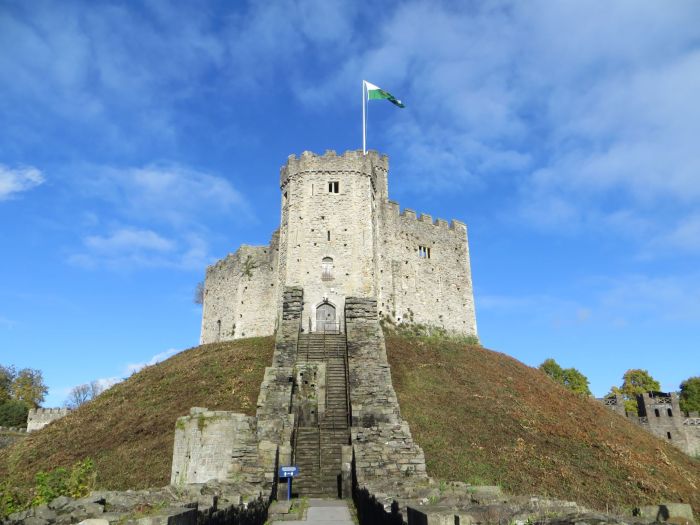
Cardiff Castle boasts a fascinating array of exhibits, offering a journey through Welsh history and beyond. From ancient artefacts to more recent displays, the collections paint a vivid picture of the castle’s past lives and the lives of the people who inhabited or frequented the area. These collections, carefully curated and presented, provide invaluable insights into Welsh culture, the evolution of warfare, and the social history of the region.The exhibits at Cardiff Castle aren’t just static displays; they are dynamic narratives that bring the past to life.
Each object, whether a medieval weapon or a contemporary artwork, is woven into a story that connects the present to the past, revealing the richness and complexity of Welsh history. Exploring these collections allows visitors to connect with the castle’s history on a personal level, gaining a deeper understanding of the people, events, and ideas that shaped the region.
Medieval Armoury and Weapons
The castle’s impressive collection of medieval armour and weaponry provides a glimpse into the art of warfare in the Middle Ages. These exhibits showcase the evolution of armour from simple chainmail to the elaborate plate armour of later periods. The weapons, from swords and axes to bows and arrows, illustrate the diverse methods of combat employed during that time.
Each piece tells a story of its own, a story of craftsmanship, strategy, and the brutal realities of medieval conflict. These exhibits help us appreciate the technological advancements in weaponry and the skills required to create and use these items.
Royal and Political History
This collection documents the castle’s role as a royal residence and centre of political power. It includes portraits of notable figures, including monarchs and other historical figures, providing insight into the lives and influence of those who shaped the region’s destiny. Documents, letters, and other archival materials offer further insight into political events and courtly life. The collection demonstrates how Cardiff Castle played a pivotal role in shaping the political landscape of Wales and its relationship with the wider world.
Archaeological Finds
The archaeological finds unearthed from the castle grounds and surrounding areas are displayed alongside information about the historical context of their discovery. These findings offer a unique perspective on the lives of people who lived in the area long before the castle was built. Objects, from pottery shards to tools, reveal the daily activities, social structures, and cultural practices of past inhabitants.
They paint a picture of the evolution of human life and settlement in the area.
Current and Upcoming Exhibitions
Cardiff Castle regularly hosts temporary exhibitions that explore diverse themes related to Welsh history, art, and culture. These exhibitions often feature renowned artists and scholars, bringing new perspectives and fresh insights to the public. Planning ahead for these events is recommended for those interested in exploring these changing exhibitions. Details about current and upcoming exhibitions can be found on the castle’s official website or through social media channels.
Main Exhibits Summary
| Exhibit | Topic | Historical Context |
|---|---|---|
| Medieval Armoury and Weapons | Military history, craftsmanship | Medieval warfare, evolution of armour and weaponry |
| Royal and Political History | Royal figures, political events | Royal residences, political power, court life |
| Archaeological Finds | Pre-castle settlements, daily life | Human settlement, cultural practices |
Visiting the Castle
Cardiff Castle offers a captivating journey through time, but to truly appreciate its grandeur, planning your visit is key. Understanding the logistics, from arrival to exploring the exhibits, will enhance your experience. This section provides essential practical information to make the most of your visit.
Opening Hours and Ticket Prices
Cardiff Castle operates on a schedule to accommodate visitors effectively. Knowing the opening hours is vital for a successful visit. The castle’s hours are carefully designed to maximize enjoyment and minimize overcrowding. It is important to note that opening hours may vary, especially during special events or holidays. Always check the official website for the most up-to-date information.Ticket prices are determined to balance accessibility with maintaining the castle’s upkeep and operation.
The prices vary depending on the type of ticket, and are available on the official website. Discounts for specific groups are also often offered, making the castle more accessible to a wider range of visitors.
Accessibility Features
Cardiff Castle strives to make the experience accessible to all visitors. Designated accessible routes and entrances are available, along with ramps and lifts for easier navigation throughout the castle grounds. Information on accessibility features, including details on accessible restrooms and other aids, is readily available on the castle’s website. This commitment ensures that everyone can appreciate the castle’s beauty and history.
Getting to the Castle
Cardiff Castle is easily accessible via various methods. Public transport provides convenient options for reaching the castle. The city’s bus routes and train stations offer direct links to the castle area, making it simple to travel without a car. For those who prefer to drive, ample parking is available nearby. This ensures that regardless of preference, visitors can reach the castle with ease.
Best Time to Visit
The best time to visit Cardiff Castle is dependent on individual preferences and the desired experience. Weekdays often offer a more tranquil atmosphere for exploring, allowing visitors to appreciate the castle’s architecture and exhibits without the crowds. Conversely, weekends can offer a vibrant atmosphere with more people. Considering these factors allows visitors to tailor their visit to their needs and preferences.
Weather conditions can also affect the experience. Check the weather forecast before heading out to avoid any potential issues.
Attractions Near the Castle
Cardiff boasts a wealth of attractions in the immediate vicinity of the castle. The city centre is easily walkable, with its vibrant mix of shops, restaurants, and cafes. Nearby attractions include the National Museum Cardiff, offering a diverse range of exhibits and cultural experiences. The Millennium Centre, a modern architectural marvel, is also a short walk away, offering a contrast to the historical castle.
Planning a trip to Cardiff Castle in Wales? I’ve got a fantastic guide coming soon, packed with tips for exploring this magnificent historical site. While I’m researching, I’ve been captivated by the recent revamp of the Museum of Childhood London, museum of childhood london revamp , and I’m sure the changes will inspire some fantastic additions to my Cardiff Castle guide.
It’s a great reminder that historical sites can always be improved and refreshed to enhance the visitor experience – just like my planned Cardiff Castle guide!
This rich environment makes Cardiff a perfect destination for a day trip or a longer stay.
Visiting the Castle – Practical Information
| Feature | Details |
|---|---|
| Opening Hours | Check the official website for the most current schedule. |
| Ticket Prices | Vary depending on the type of ticket; see the official website for details. |
| Accessibility | Designated accessible routes, entrances, ramps, and lifts are available. |
| Public Transport | Bus routes and train stations offer direct links. |
| Parking | Ample parking available nearby. |
| Nearby Attractions | National Museum Cardiff, Millennium Centre, and more. |
Experiences at the Castle: Guide To Cardiff Castle Wales
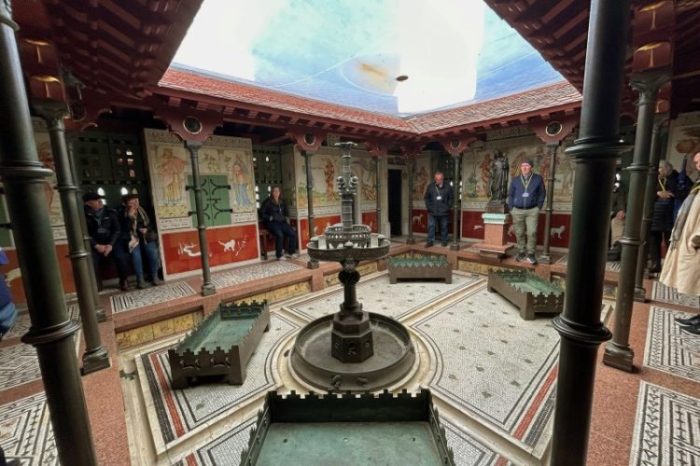
Cardiff Castle offers a plethora of experiences beyond simply admiring its architecture. From immersive guided tours to self-guided explorations, visitors can delve into the castle’s rich history and discover its hidden stories. This section will detail the various activities and experiences available, highlighting how to make the most of your visit and ensuring you fully appreciate the castle’s charm.
Guided Tours
Cardiff Castle provides several guided tours that offer unique insights into the castle’s past. These tours are led by knowledgeable guides who can provide fascinating anecdotes and historical context, enriching the visitor’s understanding of the castle’s evolution. These tours often focus on specific periods or aspects of the castle’s history, allowing visitors to concentrate on a particular area of interest.
Self-Guided Exploration
For those who prefer a more independent approach, self-guided exploration is readily available. Detailed information boards and interactive displays are strategically placed throughout the castle, providing context and historical background. This allows visitors to explore at their own pace, focusing on areas that pique their interest. Visitors can also download audio guides for an enriching experience.
Interactive Elements and Special Programs
Cardiff Castle frequently hosts interactive displays and special programs. These engaging elements bring the castle’s history to life for visitors, often including hands-on activities and demonstrations. These events might include workshops, exhibitions, or performances, creating an even more dynamic and memorable experience. Check the castle’s website for a schedule of upcoming events.
Types of Experiences
Cardiff Castle caters to various preferences with a range of experiences. These experiences range from formal guided tours that delve into the castle’s historical significance to self-guided explorations allowing visitors to discover the castle at their own pace.
Making the Most of Your Visit
To make the most of your visit, plan your route in advance, considering the exhibits and areas you wish to explore most. Use the castle’s map and information boards to navigate efficiently. Allow ample time for each area, and don’t rush; this allows you to absorb the atmosphere and the stories embedded within the castle’s walls. Consider purchasing tickets online in advance to save time and potentially secure a better price.
Planning a trip to Cardiff Castle in Wales? A great guide will help you navigate the historic site, but for a truly memorable experience, consider incorporating some time exploring the world of wine Portugal. From the stunning architecture to the rich history, Cardiff Castle offers a captivating journey through time. A fantastic guide will help you appreciate the details and uncover hidden gems within the castle walls, just as exploring the unique vineyards of world of wine Portugal will deepen your understanding of Portuguese wine culture.
Ultimately, a guide to Cardiff Castle will help you fully appreciate the beauty of this Welsh landmark.
Images and Illustrations
Cardiff Castle’s rich history is beautifully illustrated through its architecture and the artifacts within. Visual representations, from historical paintings to modern photographs, offer a compelling way to understand the castle’s evolution and the stories it holds. These images offer a deeper understanding of the castle’s past, present, and potential future, adding significant layers of context to the narrative.
The Norman Keep: A Fortress of the Past
The Norman Keep, a cornerstone of the castle, stands as a testament to medieval military architecture. Its massive, cylindrical structure, constructed from local stone, embodies the formidable defenses of the era. The thick walls, designed to withstand siege weaponry, were strategically placed to offer maximum protection. The keep’s height and location provided panoramic views of the surrounding landscape, crucial for surveillance and defense.
Its narrow slits and openings served as strategic battlements, allowing defenders to engage enemies without exposing themselves to direct attack. The keep’s robust design reflects the Norman’s emphasis on military strength and territorial control.
Visualizing Cardiff Castle’s Evolution
Images of Cardiff Castle throughout its history vividly depict its transformation from a simple Norman fortress to a grand residence and museum. Early images, possibly sketches or engravings, showcase the castle’s initial form, emphasizing the robust, defensive character. Later photographs capture the castle’s gradual evolution, illustrating alterations and additions throughout different historical periods. These images, in conjunction with the castle’s current state, provide a fascinating visual timeline, showcasing how successive generations adapted and modified the structure to meet their needs and desires.
The Medieval Gatehouse: A Strategic Gateway
The medieval gatehouse played a pivotal role in the castle’s defensive strategies. Its imposing structure, often incorporating portcullises and machicolations, formed a crucial barrier against potential invaders. This strategic placement, usually at the entrance of the castle, allowed defenders to control access and deploy troops efficiently. The gatehouse’s design, reflecting the castle’s overall defensive approach, emphasizes its significance in protecting the interior from hostile forces.
Imagine the gatehouse’s drawbridge being raised, creating an impenetrable barrier.
Castle Interiors: A Glimpse into the Past
The castle’s interiors reveal fascinating details about the lives of those who inhabited it over the centuries. Early interiors, reflecting the needs of the Norman occupants, are often characterized by their simplicity and practicality. Later renovations and additions transformed the interior into a more refined and elaborate space. The use of materials like timber, stone, and plaster, as well as the decorative elements, provides a window into the architectural styles and tastes of each period.
Details like fireplaces, tapestries, and furniture add layers to the stories the castle tells.
Comparing Images Across Time
| Period | Image Description | Key Features |
|---|---|---|
| Early Norman Period (11th Century) | Imagine a rough, stone-built structure, primarily focusing on defense. | Thick walls, limited windows, a simple cylindrical shape. |
| Medieval Period (12th-15th Centuries) | Visualize the addition of defensive elements, like towers and gatehouses. The castle begins to show more elaborate detailing, especially in the defensive structures. | Strengthened fortifications, development of more elaborate gatehouses, the beginning of architectural ornamentation. |
| Victorian Period (19th Century) | Envision the castle being transformed into a more stately residence, with grander rooms and a more refined aesthetic. Some additions may include elaborate decorative elements. | Renovations to create a more stately interior, incorporation of Victorian-era design elements, and expansion of the castle grounds. |
| 20th-21st Centuries | Picture the castle being transformed into a tourist destination, with more modern accommodations and facilities. | Adaptations to suit modern needs and expectations, including restoration and preservation efforts, modern facilities and visitor amenities. |
Cultural Context
Cardiff Castle, a prominent landmark in Wales, holds a significant place in the nation’s cultural and historical fabric. More than just a stone structure, it’s a tangible link to the past, reflecting the ebb and flow of power, the triumphs and struggles of the Welsh people, and the enduring spirit of the community it serves. Its role in shaping Welsh identity is profound, intertwining with pivotal moments in Welsh history and continuing to influence the present.Beyond its architectural grandeur, the castle’s cultural importance resonates with its multifaceted role in Welsh life.
From hosting significant events to inspiring artistic endeavors, it serves as a vital hub for community engagement and cultural preservation.
The Castle’s Role in Welsh History
Cardiff Castle has witnessed a multitude of historical events, acting as a nexus of power and influence in Wales. Its strategic location and formidable architecture made it a focal point for political struggles, military conflicts, and social change. The castle’s role in shaping the political landscape of Wales is undeniable. From the Norman conquest to the modern era, the castle’s walls have echoed with the stories of Welsh kings, rulers, and commoners.
Connection to Significant Historical Events
The castle’s history intertwines deeply with pivotal events in Welsh history. The Norman invasion profoundly altered the landscape of Wales, and the castle served as a symbol of this shift. The castle also played a crucial role during the Welsh uprisings, standing as a bastion of defense and a symbol of resistance. Throughout the centuries, it has been a stage for significant events, from coronations to rebellions, reflecting the continuous evolution of Welsh society.
My Cardiff Castle Wales guide is almost finished! I’m planning a trip to explore the medieval architecture and ramparts. While researching, I stumbled upon this fascinating article about Sapporo Japan’s miso ramen alley, sapporo japan miso ramen alley , and it got me thinking about how different culinary experiences can enrich a historical sightseeing trip. Cardiff Castle will be a fantastic start to my journey, I can’t wait to delve into its history!
Cultural Importance Compared to Other Welsh Landmarks
Cardiff Castle’s cultural importance is considerable, standing alongside other prominent Welsh landmarks. While each landmark holds its own significance—reflecting different aspects of Welsh history and culture—Cardiff Castle’s unique position as a historical center gives it a particular resonance. Its role as a site of political power and social interaction sets it apart from other landmarks. For example, the castle’s involvement in various historical events, from royal visits to major conflicts, makes it a crucial element in understanding the evolving political and social landscape of Wales.
Impact on the Surrounding Community
Cardiff Castle has a significant impact on the surrounding community. It serves as a vital tourist attraction, generating economic activity and supporting local businesses. Its role as a cultural hub is further emphasized by the numerous events and festivals held at or around the castle. The castle also plays a significant role in promoting Welsh culture and heritage to both locals and tourists.
Festivals and Events Held at or around the Castle
Numerous festivals and events are held at or around Cardiff Castle throughout the year. These events celebrate Welsh traditions, culture, and history. From the vibrant atmosphere of the annual summer festival to the more intimate gatherings, the castle plays host to a diverse range of activities that foster community engagement. The regular schedule of events creates a dynamic environment that attracts people from all walks of life, further strengthening the castle’s role as a focal point for Welsh culture.
Tips and Suggestions
Cardiff Castle offers a wealth of experiences, from exploring its rich history to enjoying the surrounding scenery. Planning your visit effectively will ensure you make the most of your time and appreciate the full scope of this magnificent landmark. This section provides practical advice and recommendations for an unforgettable experience.Understanding the best way to navigate the castle and its exhibits, coupled with suggestions for nearby attractions, will enrich your overall visit.
Maximizing your time and experience are key considerations. We’ll also highlight essential must-see spots and valuable dining options nearby.
Optimal Timing for Your Visit
Cardiff Castle benefits from staggered visitor flow throughout the day. Arriving during the early morning or late afternoon often reduces crowds and allows for a more tranquil exploration of the exhibits and grounds. Consider this factor when planning your schedule, as peak hours can lead to longer wait times at popular attractions.
Essential Items to Bring
Comfortable walking shoes are a must for exploring the castle’s extensive grounds. Layers of clothing are recommended, as the weather in Wales can change rapidly. A reusable water bottle will be useful, especially on warmer days. A small backpack or bag for carrying essentials will also be helpful.
Must-See Spots Within the Castle
The castle’s diverse collections and architecture provide ample opportunities for exploration. The Norman Keep, with its fascinating history, is a must-see. Don’t miss the State Apartments, showcasing opulent interiors and detailing. The Medieval Hall, with its imposing grandeur, offers a glimpse into the castle’s past. The Chapel and the Armoury are other areas that provide rich insights into different aspects of the castle’s story.
Nearby Attractions and Activities
Cardiff offers a range of attractions beyond the castle. The National Museum Cardiff, showcasing Welsh history and culture, is a short distance away. A stroll through Bute Park, a beautiful green space, is a welcome respite. The vibrant city center, with its shops and restaurants, provides additional opportunities for exploration.
Restaurant and Cafe Options Near the Castle
| Restaurant/Cafe | Cuisine Type | Proximity to Castle |
|---|---|---|
| The Castle Tavern | Traditional Welsh Pub Fare | Adjacent |
| The Old Bank | Modern British | Short walk |
| Cafe Cardiff | International Cuisine | Short walk |
| The Pantry | Modern British | Short walk |
| Cardiff Bay | Various | Short drive |
This table provides a quick overview of nearby dining options. From traditional Welsh fare to modern British cuisine, there’s something to satisfy every palate. The proximity to the castle allows for easy access to a variety of choices, making it easy to enjoy a meal before or after exploring the castle’s history and architecture.
End of Discussion
Cardiff Castle, a testament to Wales’ rich history, offers a journey through time. This guide provides a thorough look at the castle’s history, architecture, and exhibits, ensuring you’ll have a fantastic visit. From its Norman foundations to its modern-day attractions, the castle’s evolution is a fascinating story. With practical information and engaging insights, this guide will empower you to fully appreciate the beauty and significance of this Welsh landmark.
